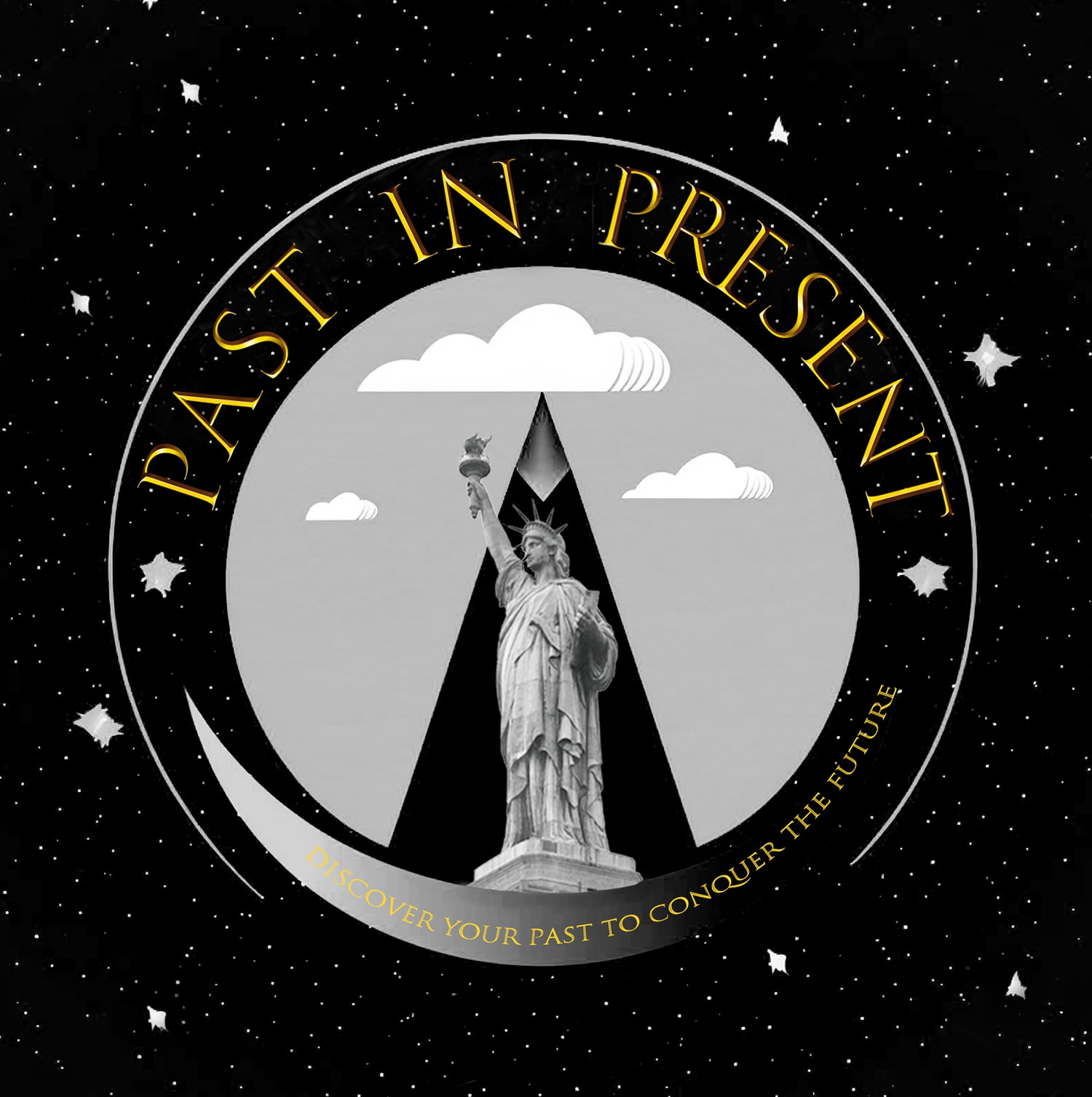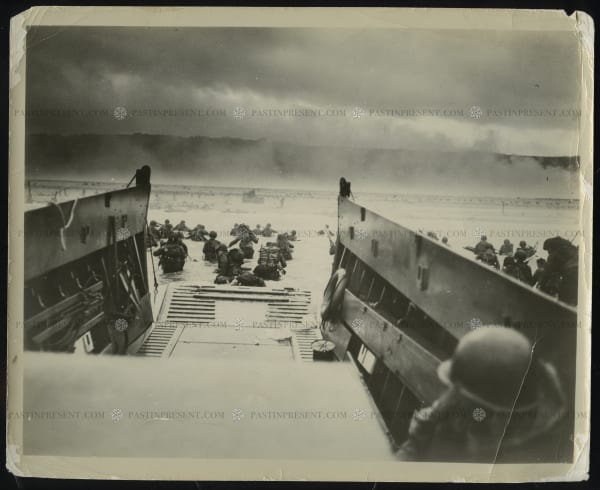WORLD WAR TWO: DISCOVER YOUR PAST TO CONQUER THE FUTURE
Welcome to our collection of original vintage photographs capturing the harrowing events of World War II.
World War II, one of the deadliest conflicts in human history, began on September 1, 1939, when Nazi Germany, led by Adolf Hitler and Soviet Union led by dictator Joseph Stalin invaded Poland, prompting the United Kingdom and France to declare war in response. Lasting until 1945, the war inflicted a tremendous cost, both in terms of human lives and destruction. Millions of soldiers and civilians perished, cities were reduced to rubble, and entire nations faced occupation and oppression.
The horrors of World War II included atrocities committed by the Nazis, such as the Holocaust, resulting in the systematic genocide of six million Jews and millions of others deemed undesirable by the regime. The war ended on September 2, 1945, following the unconditional surrender of Japan, after years of struggle, sacrifice, and unimaginable suffering, with the Allied forces emerging victorious over the Axis powers.
Our collection of original vintage photographs provides a unique and invaluable glimpse into this tumultuous period of history. These images capture the stark reality of the war: the bravery of soldiers, the devastation of cities, the resilience of civilians, and the inhumanity of the atrocities committed. Each photograph is a testament to the importance of remembering and understanding the events of World War II, ensuring that future generations never forget the lessons learned from this dark chapter in human history.
Explore our collection to discover rare and compelling glimpses of the past, preserved through the lens of time, and experience the power of original war time photographs in capturing the essence of World War II.
-
EUROPE
WWII European Theater of Operations (ETO) -
World War II: Pacific Theatre of Operations
Courage, Sacrifice, and the Turning Tide of History
World War II: Pacific Theatre of Operations (PTO)
Key Battles, Strategic Decisions, and Lasting ImpactsThe Pacific Theatre of Operations (PTO) during World War II was a major theater of conflict that involved some of the most significant and strategically crucial battles of the war. This theater saw the Allies, primarily the United States, Australia, and the United Kingdom, fighting against the Empire of Japan. Key events and their aftermath shaped the course of the war and the post-war world.
Key Events:
- Attack on Pearl Harbor (December 7, 1941):
- The Japanese surprise attack on the US naval base at Pearl Harbor in Hawaii led to the United States' entry into World War II. This attack galvanized American public opinion and marked the beginning of full-scale American involvement in the war.
- Battle of Midway (June 4-7, 1942):
- A pivotal naval battle where the United States decisively defeated the Japanese fleet, sinking four Japanese aircraft carriers. This battle shifted the balance of power in the Pacific in favor of the Allies and marked the turning point in the Pacific war.
- Guadalcanal Campaign (August 1942 - February 1943):
- The first major offensive by Allied forces against the Japanese Empire. The brutal fighting on land, sea, and air at Guadalcanal marked the beginning of the island-hopping strategy that would eventually lead to Japan's defeat.
- Battle of Leyte Gulf (October 23-26, 1944):
- The largest naval battle of World War II and possibly the largest naval battle in history. This battle resulted in a decisive victory for the Allies and crippled the Japanese Navy, allowing the Allies to retake the Philippines.
- Iwo Jima (February 19 - March 26, 1945):
- A critical battle where US Marines captured the island of Iwo Jima, providing a base for air operations against Japan. The iconic image of the flag-raising on Mount Suribachi symbolizes the sacrifices made during the war.
- Battle of Okinawa (April 1 - June 22, 1945):
- The largest amphibious assault in the Pacific Theatre. The fierce fighting and high casualties underscored the likely cost of a mainland invasion of Japan, influencing the decision to use atomic bombs to end the war.
- Atomic Bombings of Hiroshima and Nagasaki (August 6 and 9, 1945):
- The US dropped atomic bombs on the Japanese cities of Hiroshima and Nagasaki, leading to Japan's unconditional surrender. These bombings resulted in massive loss of life and showcased the devastating power of nuclear weapons.
- Japanese Surrender (September 2, 1945):
- Japan formally surrendered aboard the USS Missouri in Tokyo Bay, officially ending World War II.
Aftermath Significance:
- End of Japanese Imperial Expansion: The defeat of Japan ended its imperial ambitions and occupation of several Asian and Pacific territories. The Allied victory restored independence to many countries in the region.
- United States as a Superpower: The war established the United States as a dominant global superpower, both militarily and economically. The US played a significant role in the reconstruction of Japan and the broader Asia-Pacific region.
- Post-War Reconstruction and Alliances: The US occupation of Japan led to significant political, economic, and social reforms. The San Francisco Peace Treaty in 1951 formally ended the state of war and led to Japan's full sovereignty and eventual economic recovery.
- Formation of the United Nations: The atrocities and devastation of World War II, including those in the Pacific Theatre, underscored the need for an international body to prevent future conflicts. This led to the establishment of the United Nations in 1945.
- Nuclear Age: The use of atomic bombs on Hiroshima and Nagasaki marked the beginning of the nuclear age, leading to an arms race during the Cold War and ongoing efforts for nuclear disarmament and non-proliferation.
- Geopolitical Shifts: The end of the war led to significant geopolitical changes in Asia, including the rise of Communist China and the Korean War. The US established military bases in the Pacific, influencing regional security dynamics for decades.
The Pacific Theatre of Operations was marked by critical battles and strategic decisions that not only determined the outcome of World War II but also shaped the geopolitical landscape of the post-war world. The aftermath of these events continues to influence international relations and global security to this day.
-


















